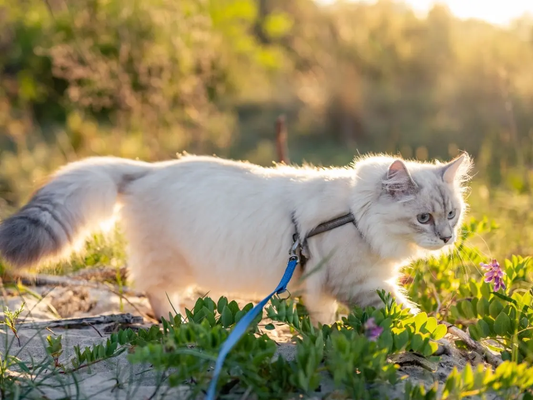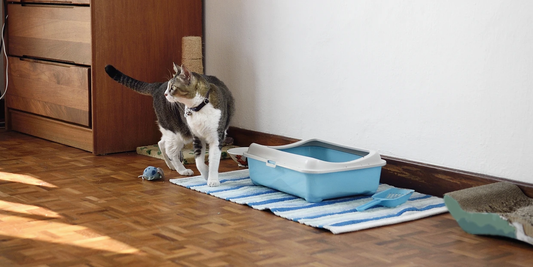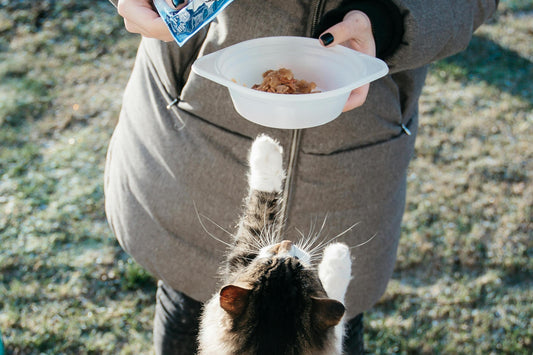Introduction
Litter box training is a vital aspect of cat ownership. The way you set up and position your cat's litter box can significantly impact their training success and overall well-being. In this comprehensive guide, we will delve into the intricacies of Litter Box Training: Why Setup and Placement Matters. By the end, you'll have a thorough understanding of how to ensure a seamless transition for your furry companion.
Litter Box Essentials
Choosing the Right Litter Box
Selecting the appropriate litter box is the first step to successful training. The box should be spacious enough for your cat to move comfortably. Consider a covered option to provide privacy and reduce odors.
Litter Selection Matters
The type of litter you choose is equally crucial. Cats have preferences, so experiment with different textures and materials until you find the one your cat likes best. Keep it clean by scooping waste daily and changing the litter regularly.
The Importance of Placement
Litter Box Training: Why Setup and Placement Matters
Now, let's dive into the heart of the matter - why setup and placement are so vital in litter box training.
Cats are sensitive creatures, and they appreciate a quiet and private place to do their business. Here's why setup and placement matter:
-
Privacy Matters: Cats value their privacy, and the litter box should be in a secluded, low-traffic area. Avoid placing it near noisy appliances or where your cat might feel exposed.
-
Accessibility: Ensure that the litter box is easily accessible. Cats don't like to travel far for their bathroom needs. If you have a multi-level home, have multiple boxes on each floor.
-
Consistency: Cats thrive on routine. Place the litter box in the same spot consistently. Changes in location can confuse your cat and lead to accidents.
-
Avoid Obstacles: Make sure there are no obstacles blocking the way to the litter box. Cats may avoid using it if they have to navigate through a maze of objects.
-
Keep it Clean: Regularly clean the litter box. Cats are more likely to use a clean box. This practice also helps in maintaining a pleasant environment for both you and your feline friend.
FAQs (Frequently Asked Questions)
Q: How often should I clean the litter box?
A: Cleaning the litter box daily is ideal, but at the very least, aim for scooping waste once a day and changing the litter every 1-2 weeks.
Q: Can I use scented litter to control odors?
A: While scented litter may help with odors, some cats are sensitive to strong scents. It's best to start with unscented litter and switch if odor becomes a problem.
Q: My cat is not using the litter box. What should I do?
A: First, consult your veterinarian to rule out any health issues. If your cat is healthy, reevaluate the box's setup, cleanliness, and location. Cats may reject the box for various reasons.
Q: Should I use a covered litter box?
A: Covered litter boxes offer privacy and help contain odors. However, some cats prefer open boxes. Experiment to see which type your cat prefers.
Q: Can I move the litter box after my cat is trained?
A: Cats prefer consistency. Moving the box after training can confuse your cat. If necessary, make any changes gradually.
Q: What if my cat has accidents outside the box?
A: Clean accidents thoroughly to remove any lingering odor. Revisit the training process, ensuring the box is clean and accessible.
Conclusion
In conclusion, proper setup and placement of the litter box are essential for a happy, well-trained cat. By following these guidelines and understanding why Litter Box Training: Why Setup and Placement Matters, you can create a comfortable and inviting space for your feline companion. Remember, patience and consistency are key to successful litter box training.








